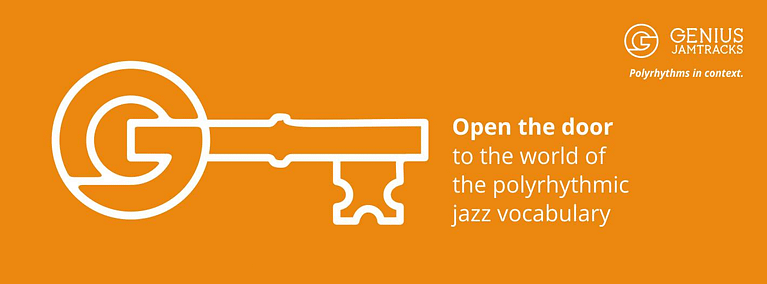Contemporary Composition part 5
Welcome to the last part of our Contemporary Composition series! I hope you’ve enjoyed this series and it sheds some light into different ways you can compose contemporary charts. This isn’t the only way to write, but I hope you found some parts (or all) valuable and useful to your writing and/or improvising!
In part 5 we are going to take about the final edits of the chart. This is the part of the composition process I suggest you make final melodic or chordal edits as necessary. If something doesn’t sound right or the way you want it…this is your opportunity to change it.
In this part of the process I will take a deeper look at the chords I’ve chosen. I will ask myself if these current chords fully support the melody or if I make a slight change-will it improve it? For instance, if I have a straight major 7th chord…does it sound better as a major 7th or major 7th (#11)? Does a Bb7 sound good or does a Bb7(b9) improve it? If it does, then make the change. If it doesn’t…leave it alone.
The last part of the process is deciding where to put rhythmic hits or punches. These are accents that the rhythm section can play (melodic notes or chords they play in a rhythmic pattern). A few examples of what this might look like are below:
While singing and reading through the composition-ask yourself where rhythmic hits or punches can be added to the composition. This can create a sense of depth and maturity to the chart. If it doesn’t need any-then leave it alone. However, to me, I find charts that have rhythmic hits or punches sound more put together then those that don’t.
Be careful that you don’t over-write with the rhythmic hits. Too much and the chart can lose it’s balance. In the case of Back and Forth, I had spots where I heard a catchy rhythmic pattern that fit in the space where the melody was static. However, when I played through the chart it made it too busy. So I kept the rhythmic hits simple. During the melody, the rhythm section plays a hit on beat 4 of the second measure. To me, it was all the chart needed.
This is the link to the piano part to Back and Forth: Back and Forth Piano
I hope you’ve enjoyed this series. I plan on doing more posts about writing and composing tips in the future. If you haven’t already, please be sure to check out my books (Breaking the Monotony and Targeting: Improvisation With Purpose) at my Digital Store.





